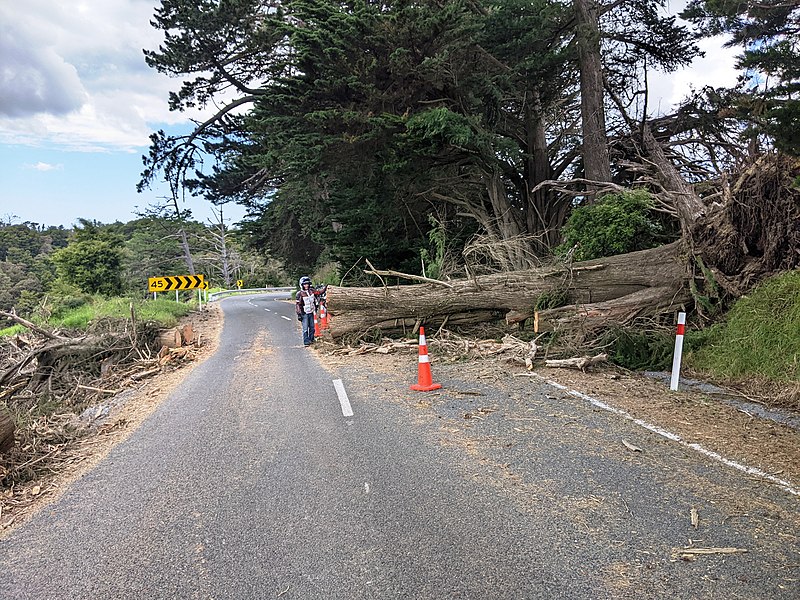Expert Reaction
These comments have been collated by the Science Media Centre to provide a variety of expert perspectives on this issue. Feel free to use these quotes in your stories. Views expressed are the personal opinions of the experts named. They do not represent the views of the SMC or any other organisation unless specifically stated.
Ruby Mckenzie Sheat (Kāi Tahu, Kāti Māmoe, Waitaha) is an Environmental Researcher—Climate/Hazards at Te Kūwaha | National Centre for Māori Environmental Research, Taihoro Nukurangi | NIWA, Christchurch, New Zealand.
Māori have lived alongside and observed natural processes like earthquakes and tsunamis for thousands of years and have communicated preparedness through generations to avoid disasters. But now, disaster risks are higher than ever, towns and cities have been built in vulnerable places and disaster policy and guidelines in Aotearoa rarely acknowledge Māori knowledge or communicating with Māori communities to help whānau prepare. Some Māori-centred DRR (disaster risk and resilience) education tools are being created, but many of these are not well or sustainably funded. More research is needed to support policy and better disaster risk and preparedness communication in Aotearoa.



 New Zealand
New Zealand



